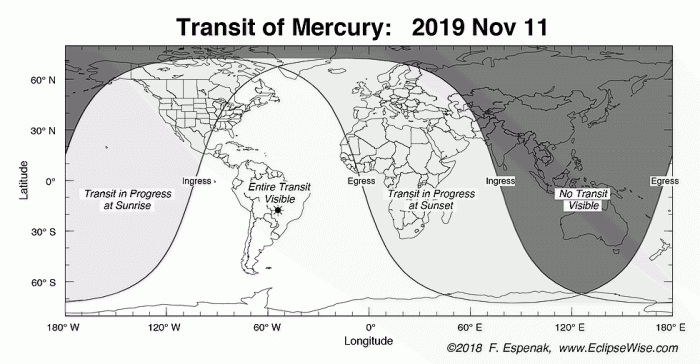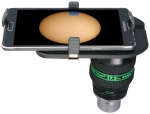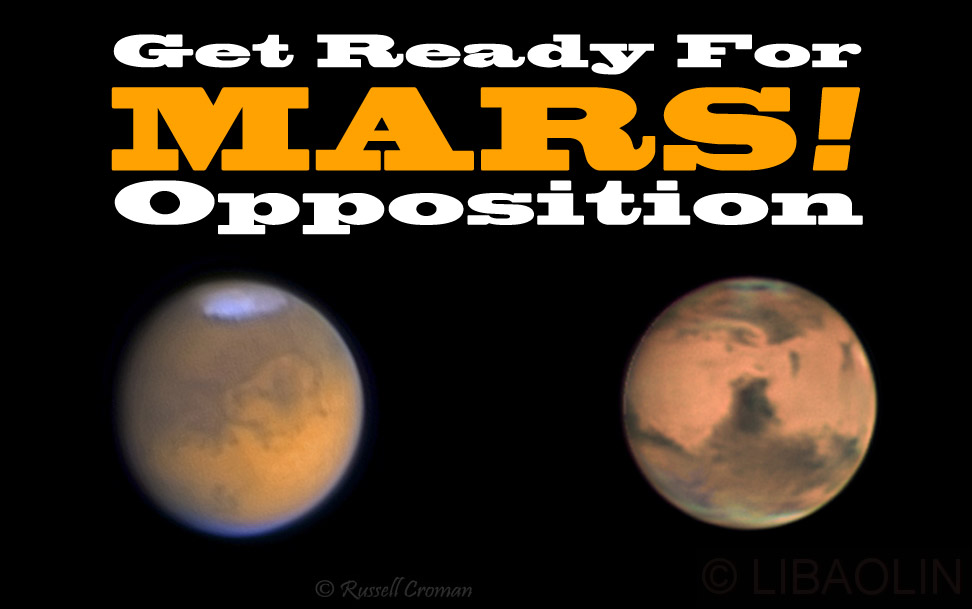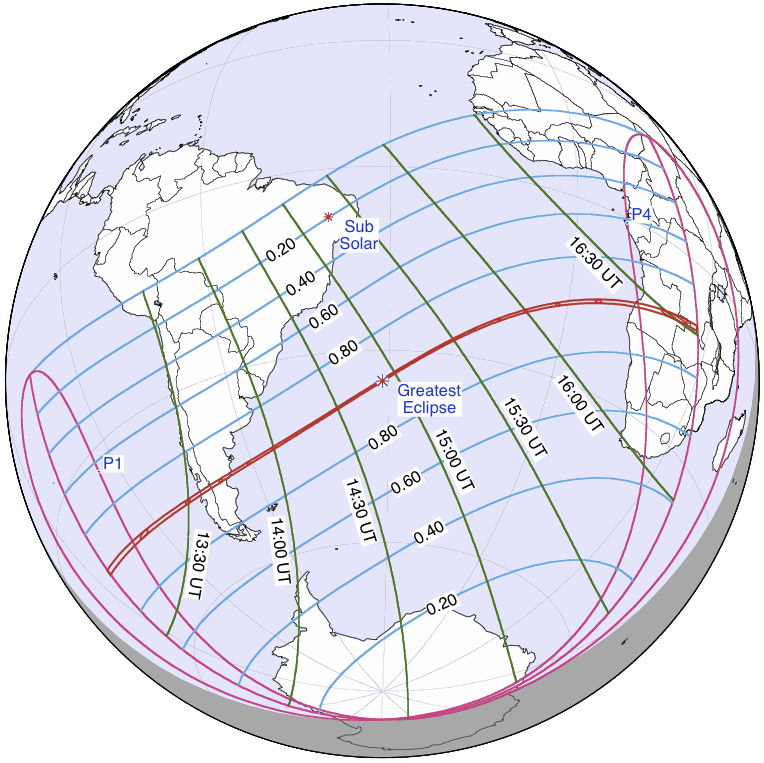November 11th Mercury Transit Countdown!
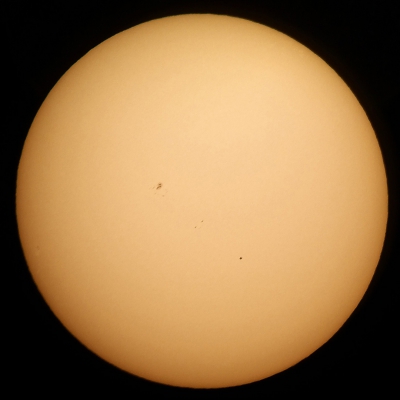
It was Johannes Kepler (of “Kepler’s Laws of Planetary Motion” fame) that first predicted transits of Mercury over the face of the Sun. He predicted the May 1607 event and November 1631 event. However, nobody knew how big (or small) Mercury would appear against the Sun, leading Kepler to misidentify a sunspot as the planet when he observed the the first prediction. Kepler was deceased by the time of the second event, but a French astronomer confirmed the transit took place.
The next Mercury Transit is set for 4-days from now: November 11, 2019. This blog will tell you all you need to know to view and image this rare sight!
Always use a filtered scope for Solar Transits!
All equipment mentioned here should be used on a solar filtered scope.
Timing for this event is from 12:35 to 18:04 UT on November 11, 2019 (7:35 am to 3:04 pm New York Time) with closest approach between the centers of Mercury and the Sun (a close 76″ separation) at 15:20 UT (10:20 am). The transit consists of several phases as indicated in the diagram and event list below.
-
- 1st Contact: At 12:35 UT the Limbs of Mercury and the Sun just touch. The little planet begins its ingress phase over the solar disk for the next 101-seconds.
- 2nd Contact: Mercury’s full disk overlaps the Sun and the ingress phase ends.
- For the next 5½-hours Mercury will pass over the solar disk. Being a time of Solar Minimum, it would be a rare-treat if the planet were to make a pairing with a sunspot. It passes closest to the center of the sun’s disk at 15:19:48 UT.
- 3rd Contact: Mercury’s journey’s end is signaled in the egress phase as it first overlaps the limb of the Sun on the way out.
- 4th Contact: At 18:04 UT, 101-seconds after 3rd Contact, the exiting limb of Mercury just overlaps the limb of the Sun and the transit ends.
As the diagram shows, the entire event is visible only from eastern North America, Central America, South America, most of the Atlantic, parts of the Pacific, and a slice of western Africa. But it is well worth viewing the partial event outside that zone: transit images made as the Sun sets or rises on the horizon can be quite striking! The only areas seeing no transit at all are Australia, Southeast Asia, Japan, the Koreas, China, Mongolia, most of India, and parts of Russia some distance west of Moscow and the Caspian Sea.
Time Lapse Video
This video of the May 2016 Mercury Transit was taken with a Tele Vue FoneMate™ through a Tele Vue-85 (white light filtered) and 18.2mm DeLite eyepiece. The 20mm eye-relief and adjustable locking eyeguard of the DeLite series is excellent for use with the FoneMate™.
Slow-motion events like the Mercury Transit are perfect for making dramatic time-lapse videos. For example, the video above compresses the 7½-hr. Mercury Transit from May 2016 into 30-seconds to show the “god of messages” fleeting across the surface of the Sun. With the prevalence of smartphones and time-lapse apps, everyone has a tool in their pocket for making time-lapses. But you need a way to connect the phone to your Tele Vue eyepiece. That’s where FoneMate’s™ safe and secure connection comes into play. The FoneMate™ smartphone adapter securely clamped to a compatible Tele Vue eyepiece. Smartphones as big as the Galaxy Note 4 can be fitted to the FoneMate™. This allows stills, video, and timelapse images of the event to be recorded.
Did you observe, sketch or image with Tele Vue gear? We’ll like your social media post on that if you tag it #televue and the gear used. Example:
#televue #tv85 #mercury #transit
Close-up Imaging
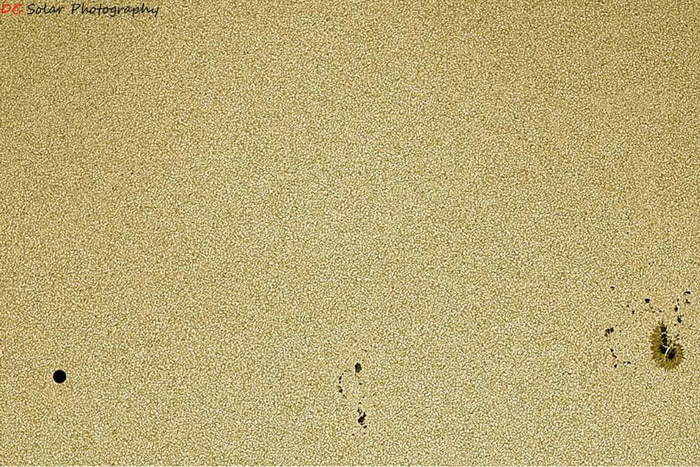

Tele Vue Powermates™, available in 2″ barrels (2x & 4x) and 1¼” barrels (2.5x & 5x), can give a short focal length scope the boost needed to view transiting Mercury at higher power in a filtered scope. You can also place an appropriately sized planetary camera in the eyepiece holder for imaging. But Powermates™ also have a special feature for imaging: the visual tops all unscrew to accept specific Tele Vue Powermate™ T-Ring Adapters. This allows for attachment of cameras and T-threaded accessories. Most any commonly available DSLR, astro-camera, and even some industrial cameras will work with Powermates™.
Finding the Sun
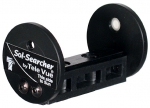
Locating the Sun with a filtered scope can be a chore. Whether you’re setting up your scope in a hurry, or manually recentering on the Sun, Tele Vue’s Sol-Searcher makes it easy to find Sol. The front aperture acts as a “pinhole” which projects an image of the Sun on to the translucent “screen.” This screen is meant to be viewed with the sun at your back for absolute safety.
Sol Searcher attaches to Tele Vue mount ring (rear cell slot in the Tele Vue Ranger). For other scopes use #10-32 screws or Velcro.
December 26, 2019 Annular Solar Eclipse
Coincidentally, the parts of the world where the Transit was not visible will be visited by an “annular” solar eclipse on December 26th. The same gear recommendations for the Transit will work for the eclipse.
More Info
- Our Sol-Searcher makes finding the Sun easy (mobile version).
- FoneMate smartphone adapter mounts securely to most recent Tele Vue eyepieces (mobile version).
- Powermate extends the reach of your scope better than a Barlow (mobile version).
- Mercury and Venus transit / occultation images / videos on our website (mobile version).
- Mercury Transit 2019 world map, path across Sun, weather, and more on Xavier M. Jubier’s website.
- EclipseWise.com 2019 Transit of Mercury page.

